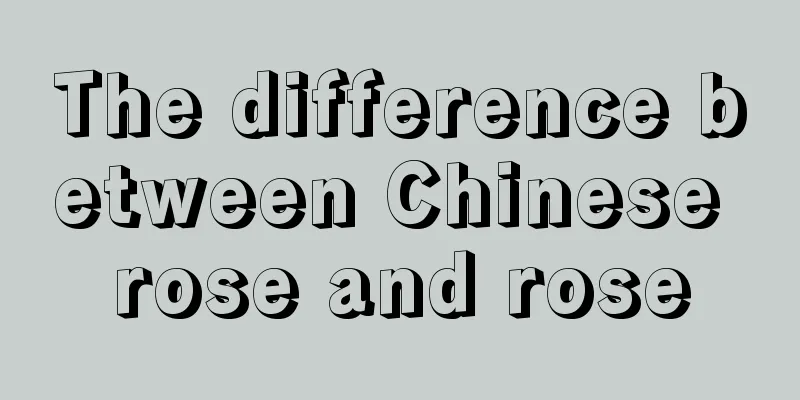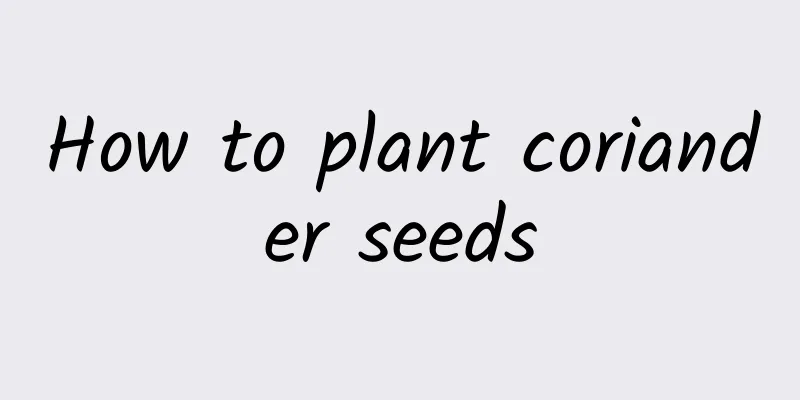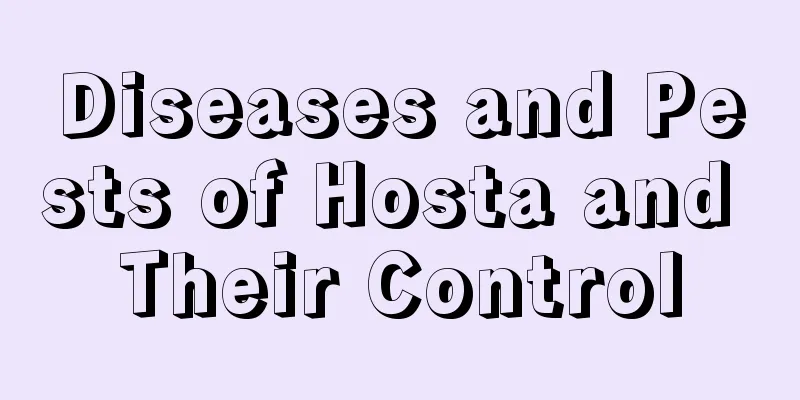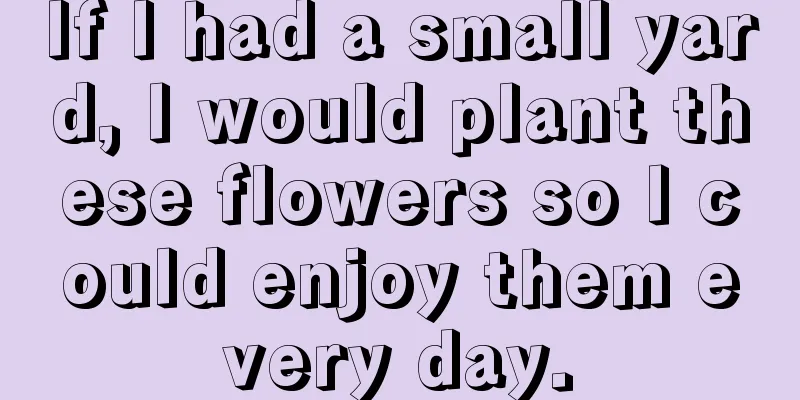Pest control for cyclamen

Ground fliesThe larvae damage young stems and roots, and in severe cases the seedlings die. Prevention and control measuresYou can use 3000 times the solution of 2.5% cypermethrin emulsifiable concentrate for prevention and control, and the effect will be better if you spray it on the ground around the plants. MitesIt harms bulbs, leaves, and flowers, causing flower buds to rot and leaves to lose their green color and become twisted and deformed. Prevention and control measures1. Remove weeds and reduce insect population 2. Spray 2000 times the dilution of 73% cypermethrin emulsifiable concentrate. If the insect population density is too high, spray 2-4 times continuously with a 10-day interval between each spray. ThripsIt harms young leaves and flowers, causing spots, streaks, withering of buds, new leaves, and flowers, and twisted and yellowed leaves. Prevention and control measures1. Hang blue insect sticky board. 2. Spray 1000 times diluted 50% cypermethrin emulsifiable concentrate or 2000-2500 times diluted 10% imidacloprid wettable powder for prevention and control. aphidIt harms young leaves and flower buds, forms galls, induces sooty mold disease, and spreads viruses. Prevention and control measures1. Release natural enemies such as ladybugs and lacewings for prevention and control. 2. Set up sticky insect boards to lure and kill aphids or cover with plastic film to avoid aphids . 3. Use 2000 times diluted 50% aphid-repellent wettable powder and 1500 times diluted 10% imidacloprid to spray alternately for prevention and control. WoodliceIt feeds on leaves, roots and stems, causing leaf and stem notches and rot. Prevention and control measures1. Remove weeds and spread quicklime powder. 2. Use 500 times diluted 50% carbaryl wettable powder or 2000 times diluted 2.5% cypermethrin to spray the ground, straw mats, and insect traps to kill them. SlugScrape the leaves until the plant dies. Prevention and control measures1. Apply decomposed organic fertilizer. 2. Cultivate on high ridges, cover with plastic film, and break the film to raise seedlings to reduce harm. 3. Soak the camellia oleifera powder and clean water in a ratio of 1:10 for 24 hours. Dilute the filtered water by 20 to 50 times and sprinkle on the seedbed or spray. 4. Sprinkle quicklime powder around the affected plants. 5. In the evening, spread 2% poison bait on the ridges to kill snails. Scale insectsDamage to leaves and flowers Prevention and control measures1. Remove diseased plants in time. 2. Spray 1000 times diluted 10% imidacloprid emulsifiable concentrate or 1500 times diluted 25% mealybug for prevention and control. |
<<: Pest Control for Succulents
>>: Identification and control of major plum blossom pests
Recommend
What season is suitable for planting baby's breath
When planting baby's breath, you should choos...
Breeding methods and precautions of Jade Kylin
1. Soil When breeding jade qilin, it is sufficien...
How many days does it take for onions to sprout?
Onion seeds, which are the seeds of green onions ...
How to divide the pots of Chlorophytum
How to divide the pot of Chlorophytum first step ...
Pepper sowing time and method
Pepper is an annual or perennial plant, and the c...
How to grow and water lilies
The ideal growth temperature range for lilies is ...
Can hibiscus be hydroponically cultivated? Hydroponics cultivation methods and precautions
Can hibiscus be grown hydroponically? Hibiscus is...
The efficacy and function of castor
1. Laxative Castor oil can relieve symptoms such ...
How to create temperature differences for succulents in winter
Creating a temperature difference The temperature...
Cultivation methods and precautions of variegated ball orchid
1. Maintenance methods 1. Temperature: The most s...
What is the best month to plant Wenwan gourds?
When to plant Wenwan gourds Wenwan gourds are gen...
Will strong light cause the leaves of jade trees to turn yellow? What are other influencing factors?
1. Will it? Although jade plant is a light-loving...
18 kinds of wild vegetables can cure 18 kinds of diseases
Toon Toona sinensis: nourishes the kidneys and pr...
How to eat Polygonatum odoratum and its effects
1. How to eat Polygonatum odoratum Polygonatum od...
Disease control of strawberry
1. Leaf spot Also known as snake eye disease, it ...









